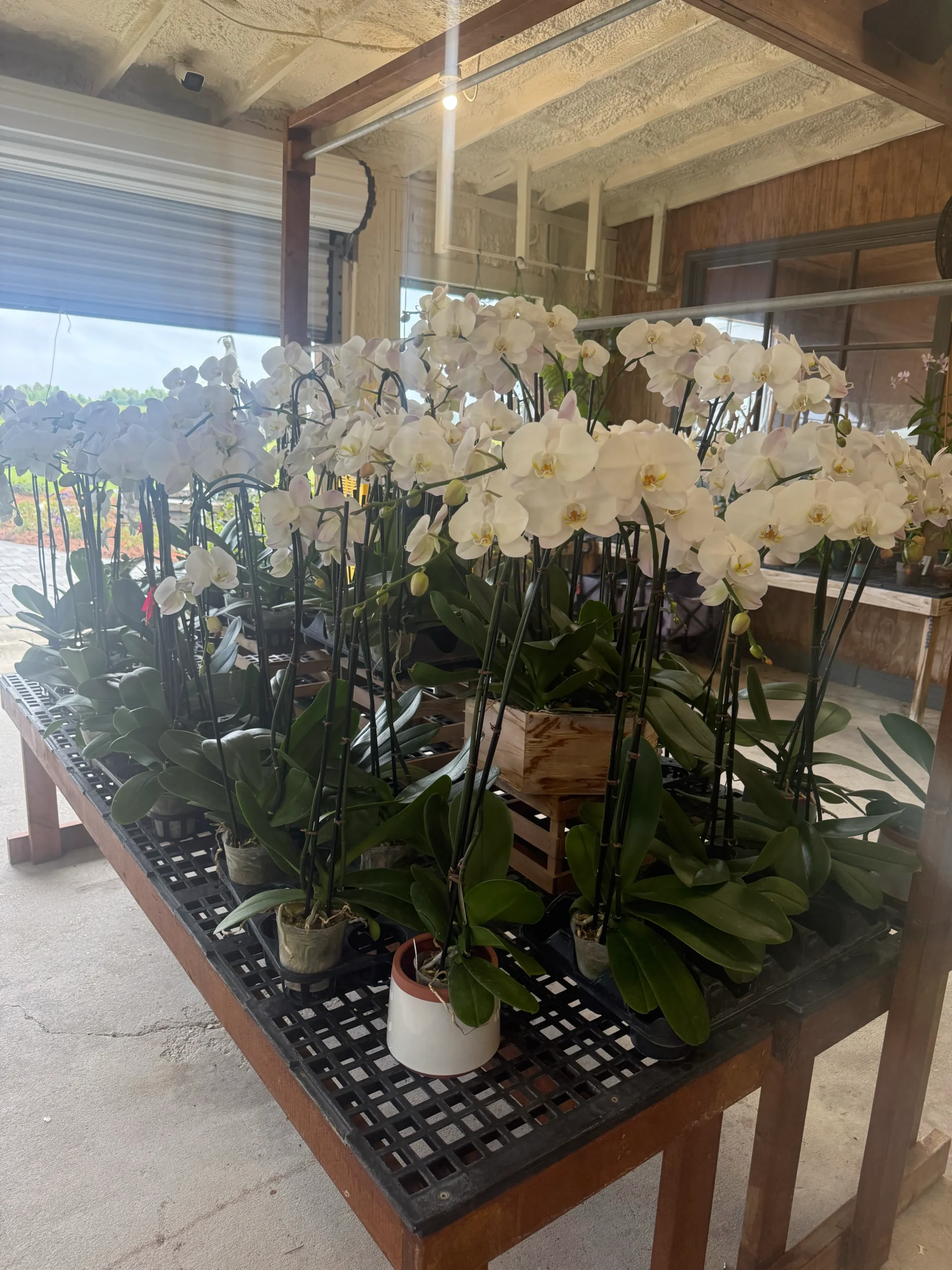So I told a few friends that I was making a trip with the Lake Vista Woman’s Club to an Orchid Farm in Belle Chasse- Belle Danse Orchid Farm. Who knew we had such a lovely place right in Belle Chasse? Its was magical! So many exotic orchids. So of course they wanted tips for their orchids. Orchids are among the most stunning and elegant houseplants, known for their exotic blooms and long-lasting flowers. While many people think orchids are hard to care for, the truth is—with the right routine and environment—your orchid can thrive and even rebloom year after year. With patience- you’ll have blooms all year long.
Whether you have an exotic orchid from an Orchid Farm like Belle Danse or a Trader Joe’s (let’s face it who can beat their prices?) these tips will help them both thrive! Here’s how to keep your orchid healthy and happy.
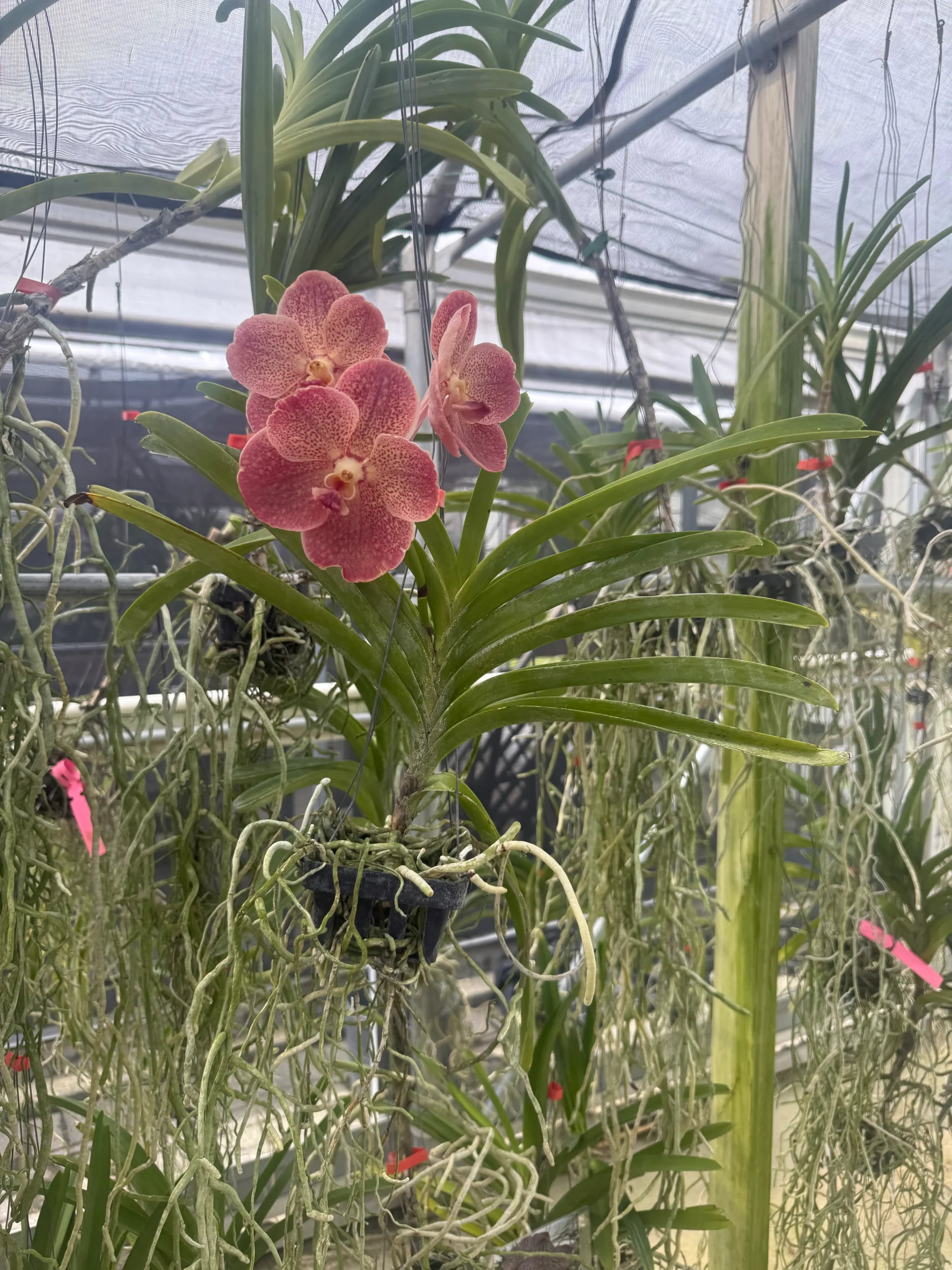
1. Give Your Orchid the Right Light
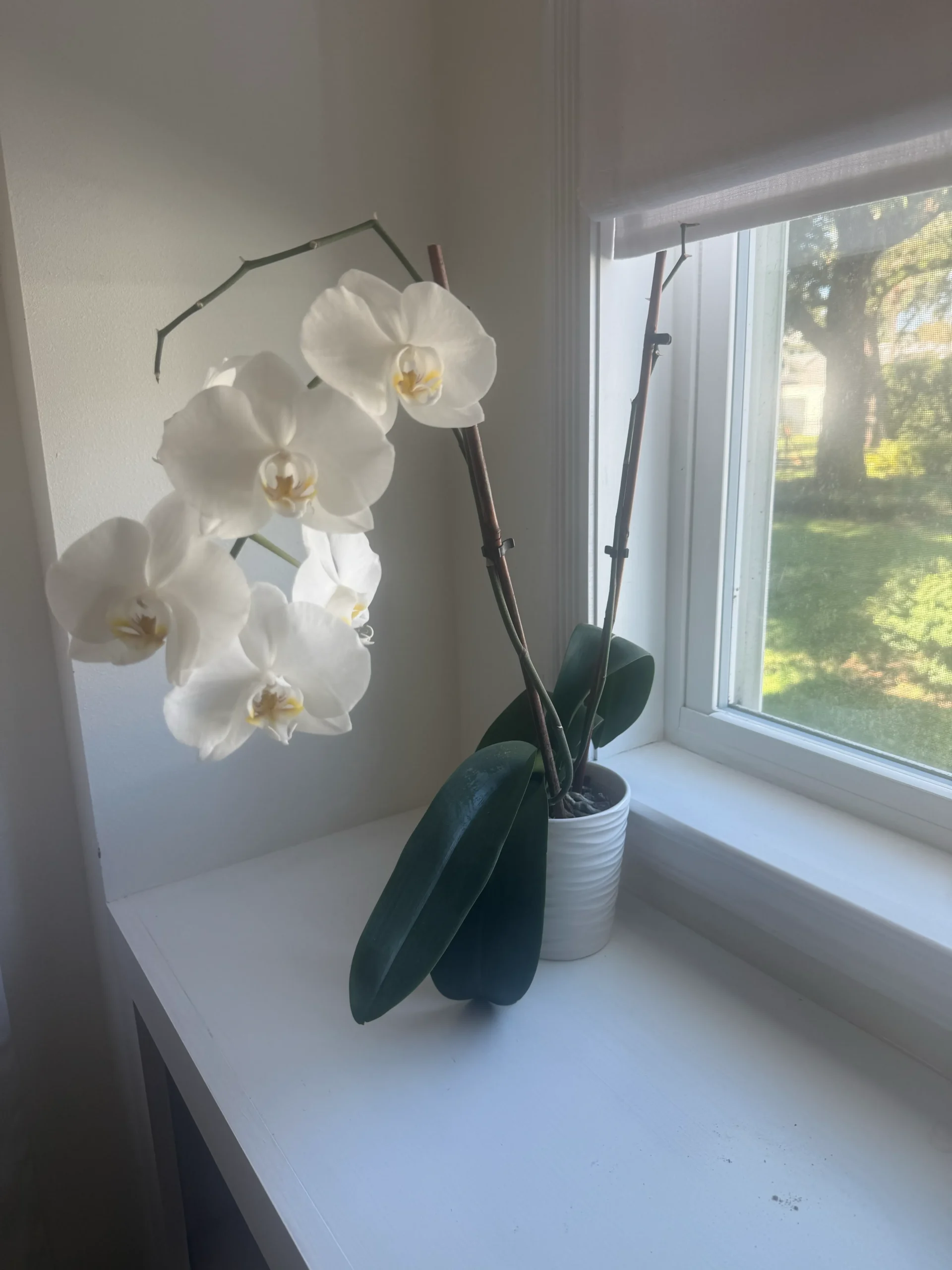
Light is key to an orchid’s success. Orchids love bright, indirect light—think of the filtered sunlight that comes through a curtain. A windowsill with east-facing light is ideal. If your orchid’s leaves are dark green, it may need more light. Yellowish leaves can indicate too much light. Finding the sweet spot will help your orchid photosynthesize properly and encourage reblooming.
I have an orchid sitting on my windowsill with the perfect amount of light! It rebloomed and has been beautiful for months!
2. Water Wisely
Overwatering is the number one reason orchids struggle. Instead of watering on a schedule, check the roots and potting medium. Orchids typically need water once a week, or when the potting mix feels almost dry.
A good rule of thumb:
- Water less in cooler months and more during active growth.
- Use room-temperature water and let it drain completely—never let your orchid sit in standing water.
- Tip: If you’re using a decorative pot without drainage holes, take the inner pot out to water it, then let it drain before putting it back. There are many orchid pots with holes.
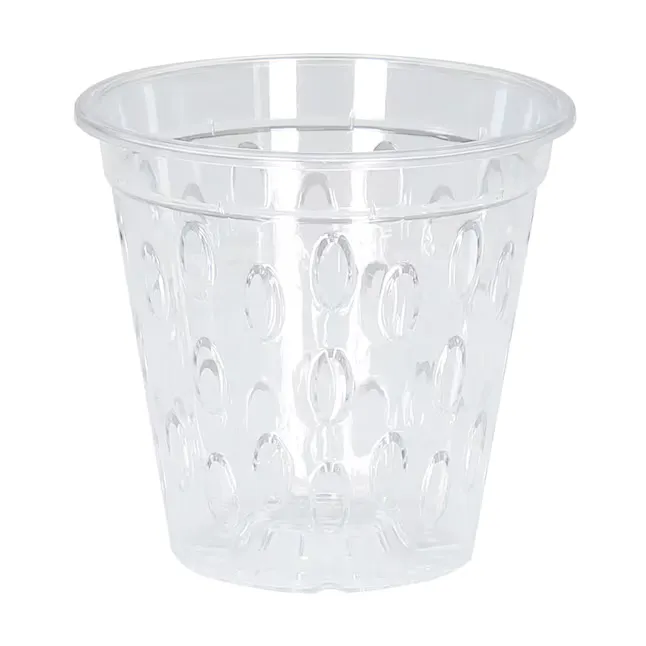
3. Provide Proper Humidity and Airflow
Orchids naturally grow in humid, tropical environments. In most homes, humidity levels are too low, especially in winter. You can boost humidity by:
- Using a humidifier
- Placing a tray of water and pebbles beneath the pot (without submerging the roots)
- Grouping plants together to create a microclimate
Good airflow is equally important—stagnant air can cause root rot or pests. A gentle fan nearby works wonders. Do not place a orchid inside where it is getting a direct hit of airflow from your HVAC.
4. Feed Regularly
Orchids need nutrients to rebloom. Use a balanced orchid fertilizer (20-20-20) at ¼ strength every two weeks during the growing season. When the plant is resting (after flowering), reduce feeding to once a month. Remember: less is more. Overfertilizing can burn delicate roots.
I personally started using the Miracle Grow pink spikes. Fertilizing your orchids are very important.
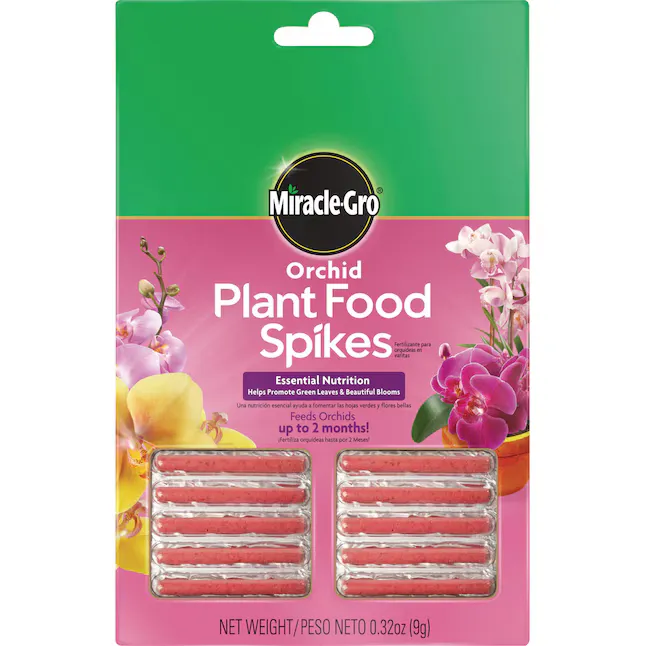
5. Trim After Blooming
Once your orchid’s flowers fade, it’s time for a little pruning.
- Phalaenopsis orchids (moth orchids): Trim the spike just above a visible node (the small bump below where the last flower was). This can sometimes trigger a new bloom from that same spike.
- If the spike turns brown, cut it back completely to the base—this encourages new growth from the plant’s core.
6. Repot Every 1–2 Years
Over time, the bark or moss your orchid grows in breaks down, holding too much moisture. Repotting keeps the roots healthy and gives them space to breathe. The best time to repot is after flowering, using a special orchid mix for proper drainage and airflow.
7. Be Patient
Orchids naturally have resting phases between blooms—sometimes lasting a few months. Orchids don’t rush! During this period, the plant focuses on storing energy and growing roots and leaves. Continue to care for it, and with patience, you’ll be rewarded with another round of beautiful flowers.
In Summary
Keeping an orchid thriving isn’t about perfection—it’s about finding balance. A bright spot, a gentle touch with water, and a little patience go a long way. Before you know it, those blooms will return, and you’ll have the joy of watching your orchid come back to life again and again.
So go ahead—give that orchid another chance. You might just find it becomes your favorite houseplant. 🌸 Also, do yourself a favor and visit Bell Danse Orchid Farm in Belle Chasse, you won’t regret it!
